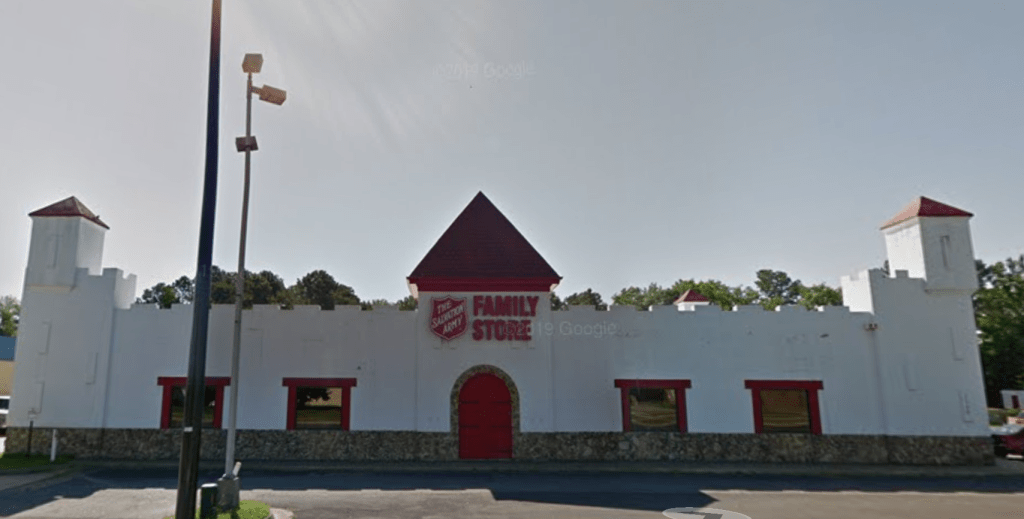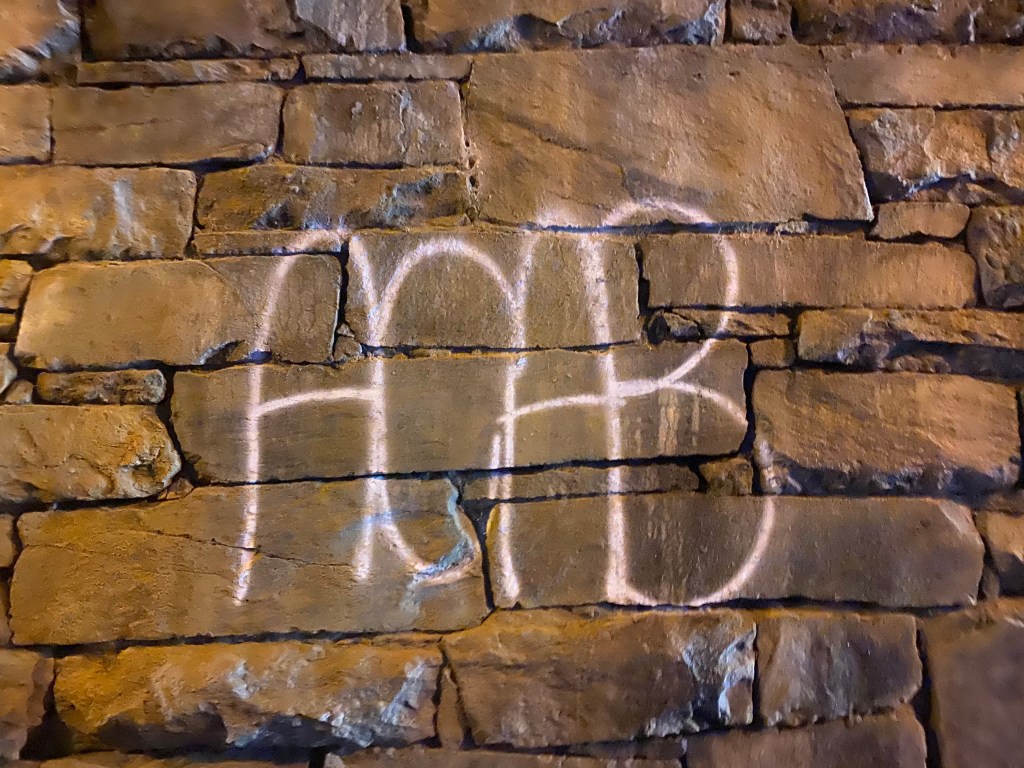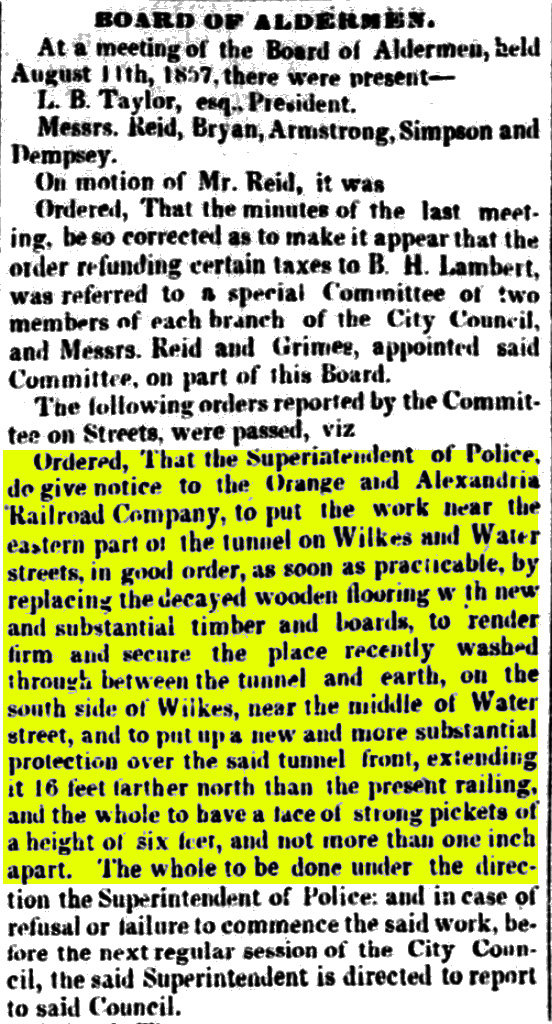By Matthew Eng, Offbeat NOVA
I love everything about spies and spy movies. I love the cool gadgets, fast cars, faster women, and scarred villains that stand between our heroes and world destruction.
Of course, every well-known popular culture spy is attractive, physically perfect, and has infinite money, skills, and abilities. We think of the Adonis-like figure of Daniel Craig stepping out of the water in Casino Royale, Jason Bourne throat-chopping Russian operatives, and Ethan Hunt blowing up a helicopter with bubble gum at the end of Mission Impossible.
Of course, that’s popular culture’s version of a spy. In reality, they look like Robert Hanssen, John Anthony Walker, Jonathan Pollard, Harold James Nicholson, and perhaps the most heinous American spy working for a foreign country, Aldrich Ames.

Ames is both the polar opposite of pop culture’s rendition of a spy and the perfect amalgamation of its reality. It’s as if you are showing a picture of James Bond to your mom, who sees it and replies that you have double agent spies at home. Yes. He is the Great Value version of a name brand spy. James Bland. Ethan Hunt’s Ketchup to Heinz. THAT is Aldrich Ames.
Yet the more you look at him, the more you see the cold deadness in his eyes. The lack of remorse. They are the lifeless doll’s eyes of a shark that Quint talks about right before he is eaten by one in Jaws. He might not look it, but he is a cold-blooded assassin; one that dealt death with secrets, not force. He looks like somebody you’d see passing the checkout line of a convenience store, and wouldn’t know that he was the perpetrator of one of the worst betrayals in U.S. history — one that culminated with a nearly decade-long mole hunt that ended near a home he purchased with blood money in a quiet upper class neighborhood in Arlington, VA.
Aldrich Ames was born in River Falls, Wisconsin, in 1941. He spent his childhood traveling with his father before settling near the CIA’s Langley headquarters in McLean. He later began his full-time career there in 1962.
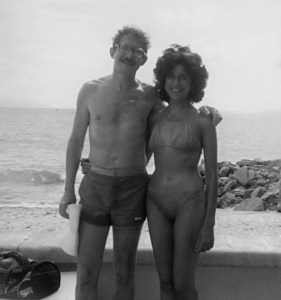
On paper, Ames’ career and service at the CIA checks all of the boxes of somebody teetering the line between instability and the abyss. He had a lifelong struggle with alcohol and was financially ruined through a divorce between he and a fellow CIA agent. He was also placed in increasingly sensitive posts throughout his career. He met is second wife, Rosario, in Mexico City in the early 1980s. Despite several hiccups in his performance, he was nonetheless elevated to the chief of the Soviet branch of counterintelligence at the CIA. His job focused on the recruitment of foreign agents, the very people he would turn on in due time.
In 1985, he sold the names of KGB officers working for the United States to a Soviet Embassy official for the amount of $50,000. He offered up more names for intelligence officials and military officers working against them in return for money. A trend developed in his routine at work. He continued to spy over nine years from Rome in the late 1980s to headquarters in Langley from 1990 to 1994.1 Many of these agents he exposed were captured by the Soviets and KGB and imprisoned. A handful were confirmed to be executed by USSR authorities shortly after their arrest and mock trial. In all, Ames betrayed at least twelve agents working for the United States within the Soviet Union and bloc countries in the 1980s and early 1990s.
Why did he do it? In an interview after his arrest, Ames said he did it for reasons only known to him. If you asked former Director of Central Intelligence, R. James Woolsey, the “warped, murdering traitor” did it because he “wanted a bigger house and a Jaguar.”2

And that’s exactly what he got for his troubles. Unlike the spies we see in Hollywood, Ames was careless with his spending habits. According to one report of evidence put together by the FBI, Ames and his wife Rosario spent nearly $1.4 million between April 1985 and November 1993.3 By the time of his arrest the following year, he had amassed a fortune totaling $2.5 million for nearly a decade of Soviet-financed espionage. The most egregious of his expenses came on August 1, 1989, when he bought a home in the Country Club Hills section of North Arlington on 2512 North Randolph Street. According to author Peter Maas, it was the first place that the realtor showed him. It was truly a brick and mortar representation of the new wealth he felt he so duly earned for his services. As Maas stated, “the immediate surroundings said upper middle class in capital letters.”4
Ames bought the house outright and paid in cash. The seller first asked the realtor to ask for $540,000 and “negotiate down.” But Ames did not hesitate, offering the full amount up front. At first, the realtor thought they had perhaps gotten the money from drug-related activities because Rosario was from Colombia. Without taking out a mortgage on the house, he explained the unexplainable simply an inheritance. And just like that, Ames and his wife were instantly elevated amongst the doctors, lawyers, senior businessman, and government bureaucrats that lived next to him.
Most popular culture spies are mobile, and you never really see where they live. Does James Bond own a toaster oven? We’ll never know because he is too busy putting armageddon on a temporary pause. Not Ames. He had it all and didn’t care about the optics. The North Randolph Street house was a statement. Rosario quickly put in renovations to the spacious five bedroom house to the tune of $95,000. The house had a spacious library and large living room. The best part was that there was no backyard access for anyone to see their activities because of a steep grade that led up to the houses on top of a large slope. Ames felt comfortable enough to build a large deck and hot tub. He made an in law suite downstairs for Rosario’s visiting family from Colombia. Along with the house came the fancy cars, clothes, and accessories, all of which he bought at a rate that far exceeded his paycheck. Either careless or naive, Ames carried on like he would never be caught. Until he was.5

All of these transactions made by Ames were quickly checked by a small team of CIA agents, working closely with the FBI, ultimately finding hundreds of thousands of dollars in deposits in Swiss bank accounts. This “mole hunt” team was created in 1986 after the first Soviet asset disappearances, was led by career CIA agent Jeanne Vertefeuille along with four other agents. By 1989, a lead came about pointing to Ames as the culprit. How did they know? As a friend of Ames, Diana Worthen noticed how far he and his wife were living beyond his means. The biggest giveaway was their luxurious house. After more digging and surveillance help from the FBI in 1992, they noticed a large spike in Ames’ accounts that would always come directly after his work-related rendezvous with Soviets. As a leader in the CIA’s Soviet/East Europe Division, it happened often. The FBI took over the case from there in 1993, gaining more information for his ultimate arrest, which came in February of the following year, ironically on President’s Day.
During that holiday weekend, Ames was preparing for a trip to Moscow, no doubt to divulge more information on assets. The FBI asked his boss Dave Edgers to call and ask him to leave his house and come in to discuss something on the morning of Monday, February 21, 1994. They wanted him out of the house and separate from Rosario when they arrested him. Thankfully, Ames bought into it and told him he would be there at Langley momentarily. The FBI already knew that his typical work route meant leaving his driveway and the curve on North Randolph before turning right on North Quebec Street where he turned a left at the Nelly Custis intersection.6
Several minutes after he hung up, Ames appeared in his Jaguar sedan with a cigarette in his mouth as he left his house and headed toward Quebec street, where he was approached by FBI agents and arrested. The nine-year manhunt was finally over. He later admitted in a television interview that he was completely shocked that he had been caught.

(FBI/Google Maps)
There’s one photo in particular used by the FBI to document Ames’ arrest. You can see from the photo Ames being escorted by FBI agents into a sedan. Using several sources, I discovered that the photo was taken near the intersection of North Quebec Street and Nelly Custis Drive, a short distance from his house. It looks much quieter today. I’m sure the residents of this upper middle class neighborhood feel much safer knowing the Ames’ aren’t there, even if he spent half a decade hiding in plain disguise as a Soviet-bought imposter.
Ames was convicted of espionage in 1994 and is currently serving a life sentence without the possibility of parole in the Federal Correctional Institution in Terre Haute, Indiana. His wife Rosario received a five-year sentence for tax evasion and conspiracy to commit espionage. She was clearly a co-conspirator in her husbands activities, as it was found she had as healthy a spending habit as Aldrich. When the FBI searched their house after the arrest, they found more than 500 pairs of shoes, sixty purses, and 165 unopened boxes of pantyhose.7
There is a small silver lining to all of this. In 1995, Ames’s prosecutors presented a check in the amount of $549,000 for the victims of his crimes. The check included the price of the Randolph Street house as well as the other assets seized by the government, including his 1992 Jaguar sedan and property ranging from expensive suits to silver. According to the Washington Post, the sum only represented a fifth of the $2.7 million that Ames received for spying on behalf of Moscow.8
So where does the house stand today? According to public records, the home was last sold for $401,000 in April 1995. Today, the estimate of the household is listed at $1,184,351. Houses in the Country Club Hills neighborhood run from just under a $1 million on the low end to nearly $3 million.9 The median estimate for price in the neighborhood is just below this at $1.167 million. Take that against the median value for a house in Arlington, which is $751,000, still at the higher end in the entire country. You can see why Ames selected this particular neighborhood as his home base. According to one website, Arlington’s cost of living is 53% above the national average.10
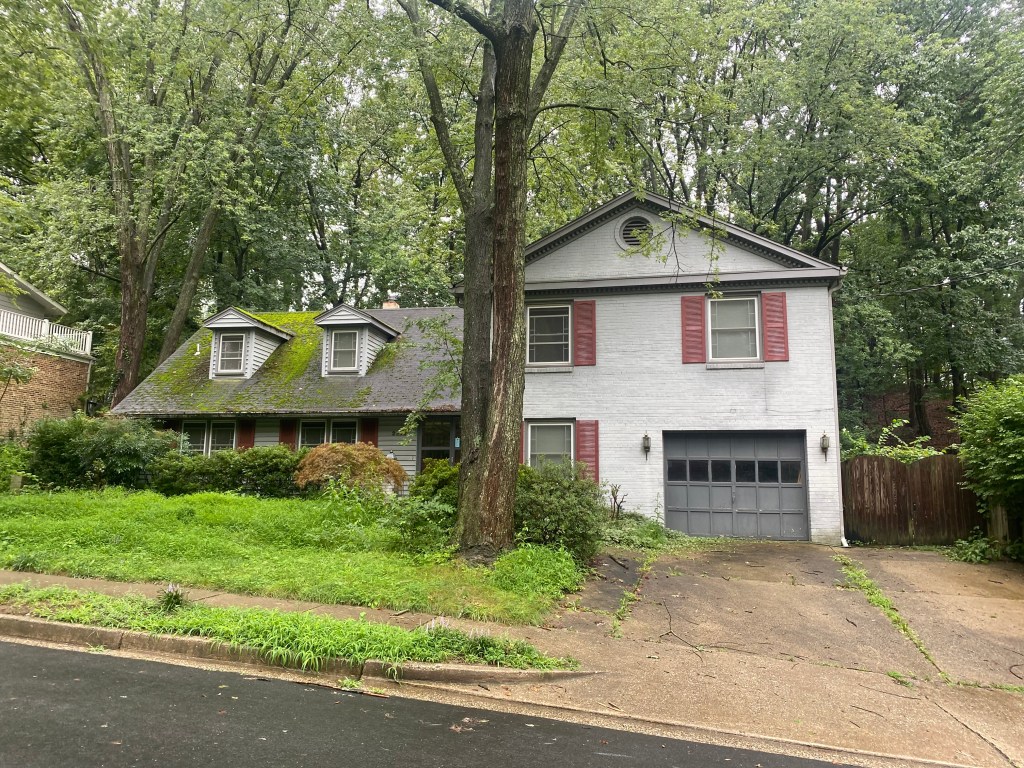
Looking at this house on North Randolph Street today, you would hardly guess it fits that description of domestic opulence. Driving through the neighborhood, Ames’ former residence sticks out like a sore thumb. The front yard appears overgrown and unkempt. Grass is growing between cracks in the driveway. The siding on the house is dirty and disheveled. Moss grows in sections on the roof near the second floor windows. The colors are altogether muted from its former heyday.
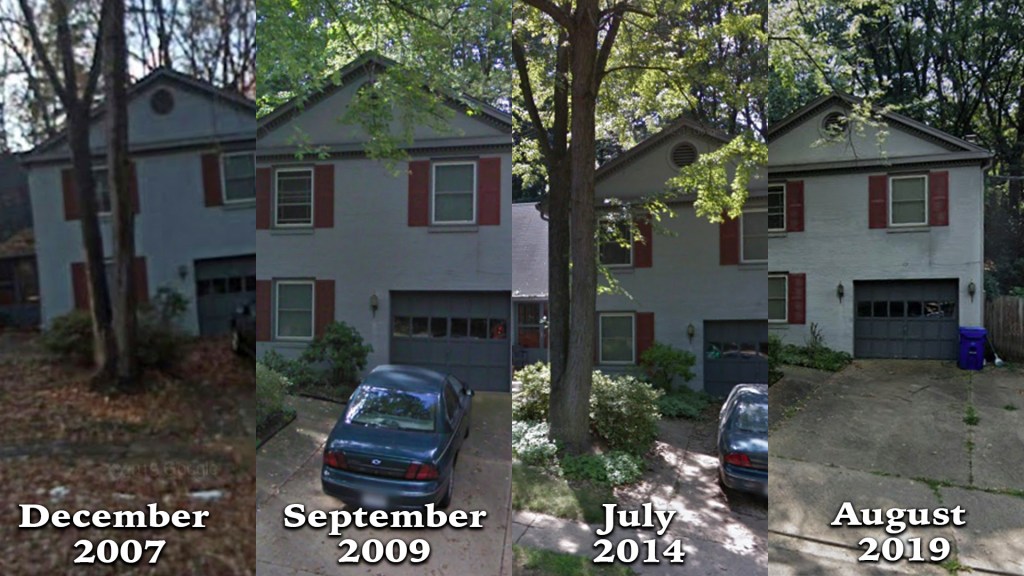
It wasn’t always that way. Thanks to Google Maps, there is a record of what the house looked like on four separate occasions: December 2007, September 2009, July 2014, and August 2019. You can see the slow decline of the look and feel of the house over time. It’s hard to tell if anyone is currently occupying the house. A traitor’s house does not deserve light and love. Perhaps it should remain this way — nearly derelict and devoid of charm or character. It stands as a reminder of the cost of secrets and information and the faustian bargain one must make to achieve an unearned status of wealth and prestige.
Footnotes:
- Tim Weiner, “Why I Spied; ALDRICH AMES,” The New York Times, July 31, 1994.
- Weiner, “Why I Spied.”
- Senate Select Committee on Intelligence, An Assessment of the Aldrich H. Ames Espionage Case and Its Implications for U.S. Intelligence, November 1, 1994. Accessed September 1, 2020, LINK.
- Peter Maas, Killer Spy: The Inside Story of the FBI’s Pursuit and Capture of Aldrich Ames, America’s Deadliest Spy (New York: Warner Books, 1995), 104-105.
- Maas, Killer Spy, 105.
- Maas, Killer Spy, 213.
- Maas, Killer Spy, 222-223.
- Charles W. Hall, “Aldrich Ames’s Spying Booty Shifted To a Good Cause.” Washington Post, September 1, 1995.
- Zillow, 2512 N. Randolph Street. Accessed September 4, 2020, LINK.
- Education Loan Finance, “10 Most Expensive Cities to Live In for 2020,” March 2, 2020. Accessed September 4, 2020, LINK.



